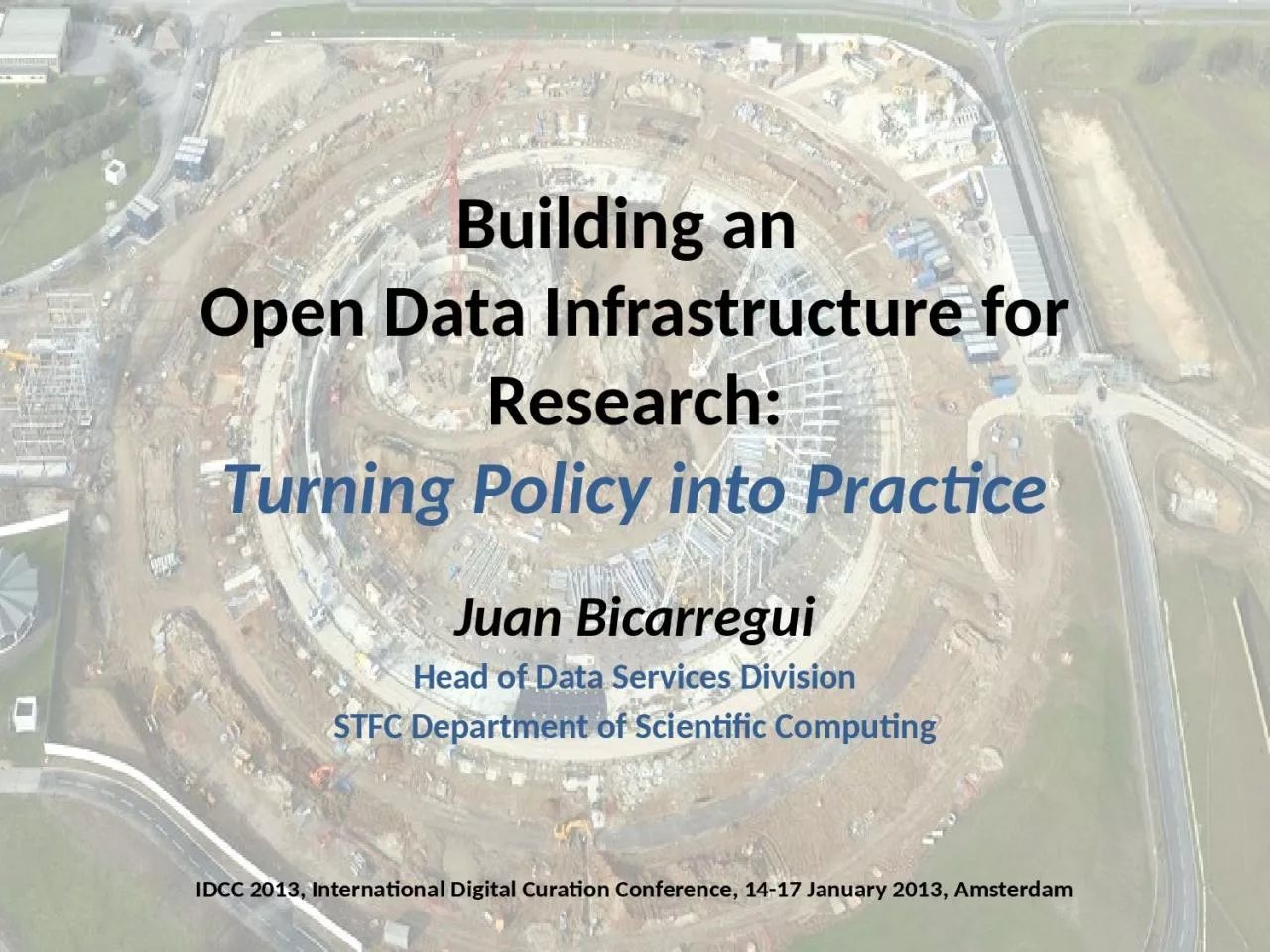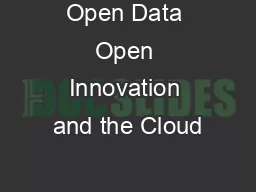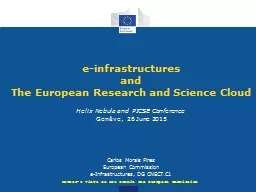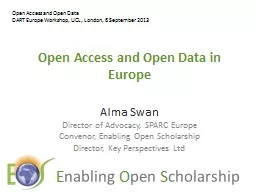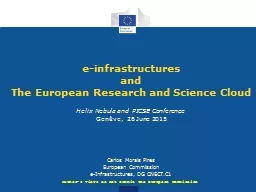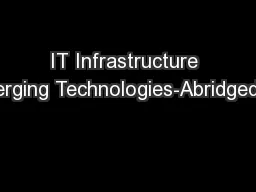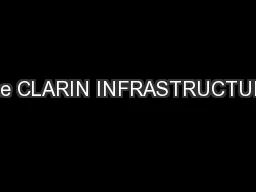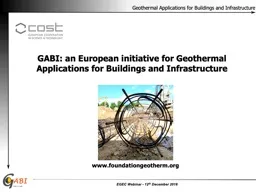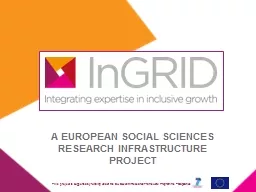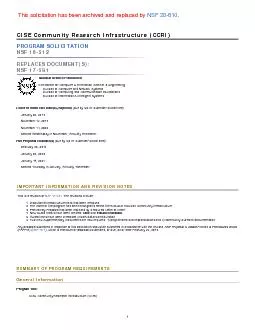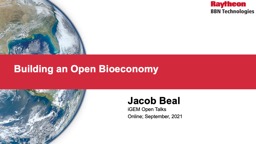PPT-Building an Open Data Infrastructure for Research:
Author : OptimisticPanda | Published Date : 2022-08-04
Turning Policy into Practice Juan Bicarregui Head of Data Services Division STFC Department of Scientific Computing IDCC 2013 International Digital Curation Conference
Presentation Embed Code
Download Presentation
Download Presentation The PPT/PDF document "Building an Open Data Infrastructure fo..." is the property of its rightful owner. Permission is granted to download and print the materials on this website for personal, non-commercial use only, and to display it on your personal computer provided you do not modify the materials and that you retain all copyright notices contained in the materials. By downloading content from our website, you accept the terms of this agreement.
Building an Open Data Infrastructure for Research:: Transcript
Download Rules Of Document
"Building an Open Data Infrastructure for Research:"The content belongs to its owner. You may download and print it for personal use, without modification, and keep all copyright notices. By downloading, you agree to these terms.
Related Documents

